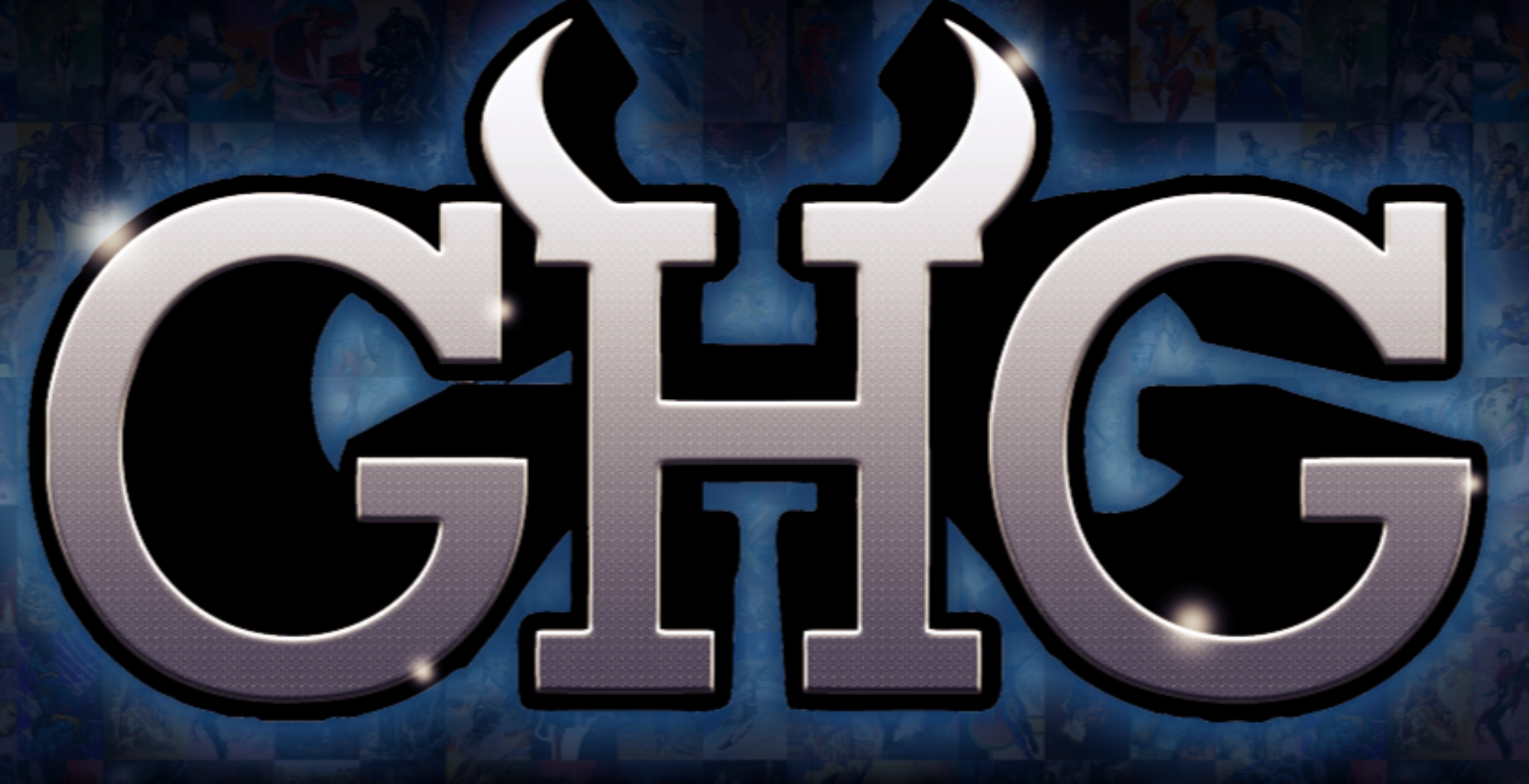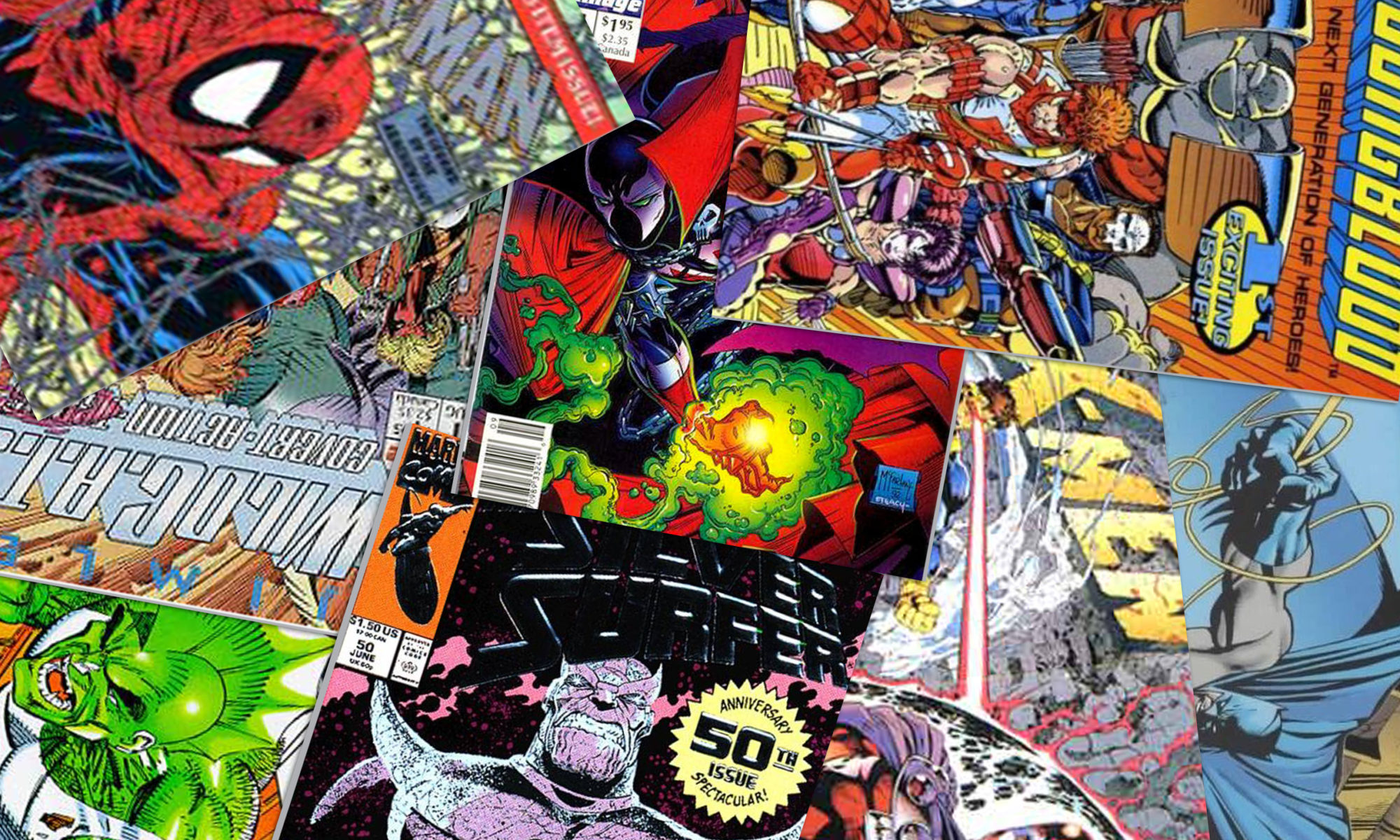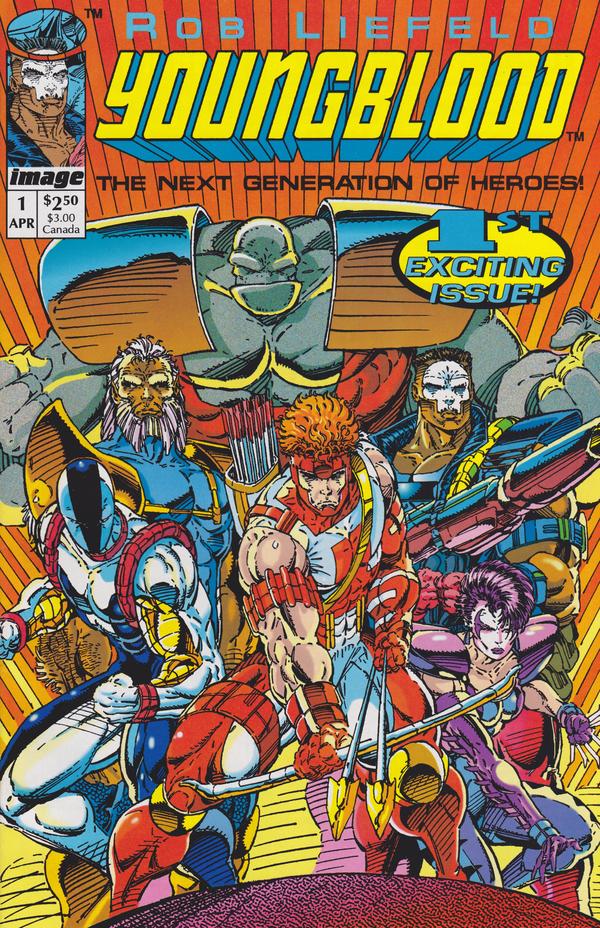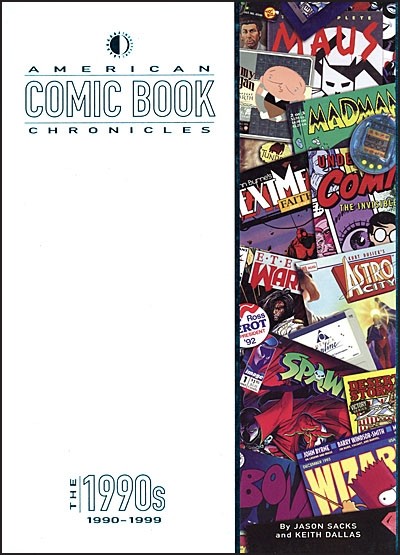Longtime friend of the site Jason Sacks wrote The American Comic Book Chronicles: the 1990s, available now from Amazon, TwoMorrows and all the other usual outlets. I grabbed Jason — the night before his birthday, nonetheless! — for a quick chat to tell me why I gotta read his book.

@TravMoody
Travis Moody: Why should our readers care about your book?

@jasonsacks
Jason Sacks: Because the ‘90s is the beginning of modern comics as we know them.
Obviously, as most people know, Image Comics was founded in 1992 and ended up being one of the most important companies in comics history. Its massive runaway success showed that creators were more important than the characters and deserved to be treated as valued assets rather than as wage slaves. Readers should also care because the ‘90s are a fascinating era. It’s hard to believe how well some comics sold during that era, but this was the decade when Spawn routinely sold over million copies per issue, when Bloodshot #1 sold 850,000 copies and when some books would be cancelled for selling under a half million copies.
It was also the decade when it seemed there was a major revolution afoot, when new comics lines like Image, Valiant, Vertigo, Defiant, Continuity, Milestone and dozens more seemed to be taking the place of stodgy, out of step old Marvel and DC. That then caused Marvel and DC to try stunts like the Death of Superman, Batman getting his back broken in Knightfall and the terrible spider-clone saga.
But it was also the era that kind of foreshadowed comics as we know them today. Blade was a surprise film hit from Marvel and ushered in the first X-Men film in 2000. We also begin to see the modern style of storytelling with Warren Ellis’s smash hit series Planetary and The Authority. Along with that we get the birth of the true graphic novel and a whole bunch more.
Really, the ‘90s was just a crazy era in comics and it’s about time somebody captured it all between two covers.
Moody: What’s the biggest stereotype people have wrong about the ‘90s?
Sacks: That everything published during that era was crap with derivate characters, holofoil covers and 16 pages of story. There was plenty of that kind of thing, especially in the early days from Rob Liefeld’s Image books. But there was just as much smart storytelling from that era, works that stand the test of time.
Moody: Like what? Tell me what were some of the best comics from the ‘90s.
Sacks: Sure, Travis, go ahead and challenge me. I’m up for it. In mainstream comics, we got classic works like Marvels, the Kurt Busiek/George Perez Avengers, Planetary, the early Vertigo line, Hellboy, Usagi Yojimbo, Kingdom Come, pre-Unity titles from Valiant like X-O Manowar and especially the first volume of Rai. There’s a terrific and little known run of Iron Man by Busiek and Sean Chen that cases Tony Stark as a kind of James Bond that’s just a tremendous amount of fun.
On the indie side, we had great series like Hate, Strangers in Paradise, Stray Bullets and Bone, among many others. And that’s not mentioning some of the great graphic novels like Stuck Rubber Baby, Jar of Fools or Enemy Ace: War Idyll.
We cover all this and more in the book, btw.
Moody: What surprised you the most in writing this book?
Sacks: How driven by fashion the whole decade was. For instance, in 1993, literally dozens of new comic lines were created one after another, from Vertigo to Comics Greatest World to Ultraverse to something called Magnecom. It seemed everyone wanted in on the market. During that time, too, there was a kind of rush to deliver new heroes and series. So heroes like the Avengers and Justice League were passe. Nobody cared about them. Instead heroes like Youngblood and the Harbingers ruled the world for a very short time.
Of course, everyone who knows anything about the ‘90s knows all about the gimmick covers from the era. It got ridiculous for a while but companies saw the covers as a great trick to get people to pick up their books. So Marvel had enhanced covers for three months in a row on Fantastic Four, Valiant produced metallic foil covers for Turok: Dinosaur Hunter and Bloodshot and Marvel included holograms on the covers of X-Men crossovers. Continuity Comics even produced indestructible covers printed on Tyvek, the material FedEx uses for their packages. It was crazy.
Then there’s the crossover mania of 1996 and 1997. During those two years alone, there were 45 different intercompany crossovers, including Backlash/Spider-Man, Youngblood/X-Force, Spawn/The Savage Dragon, Deathblow/Wolverine, Glory/Celestine and Iron Man/X-O Manowar.
Moody: Tell me about The American Comic Book Chronicles.
Sacks: The American Comic Book Chronicles is a year-by-year, decade-by-decade history of comic books in America. We currently have books available covering the years 1950 to 1999, with two ‘40s volumes in production. In these books, we take a straight-up, unbiased approach to the decade, not choosing sides in any events.
Each book is 288 oversized pages, with hundreds of illustrations from the era, printed on gorgeous slick paper. The production values are absolutely top notch. My manuscript was just under 200,000 words, which means you get lots of interesting reading to go with the amazing art. To prepare this book, I read hundreds of magazines and interviews covering that era. I read every issue of Wizard and The Comics Journal from that era, not to mention Comics Retailer, Marvel Age and dozens others. I think this decade deserves a level of non-judgmental professionalism and I loved presenting it.
Moody: Lastly.. happy birthday, man! I’m buying this book– and so should all of GHG.
Sacks: You each better buy two!! Thanks for having me.





